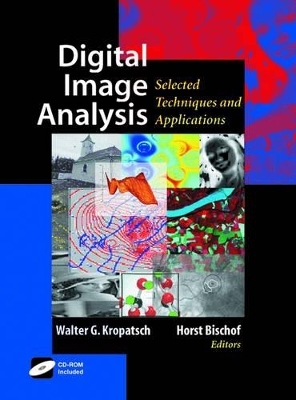
Digital Image Analysis
Springer-Verlag New York Inc.
978-0-387-95066-2 (ISBN)
- Titel z.Zt. nicht lieferbar
- Versandkostenfrei innerhalb Deutschlands
- Auch auf Rechnung
- Verfügbarkeit in der Filiale vor Ort prüfen
- Artikel merken
Mathematical Methods for Image Analysis.- to Part I.- Numerical Harmonic Analysis and Image Processing.- Stochastic Shape Theory.- Image Compression and Coding.- Data Handling.- to Part II.- Parallel and Distributed Processing.- Image Data Catalogs.- Robust and Adaptive Image Understanding.- to Part III.- Graphs in Image Analysis.- Hierarchies.- Robust Methods.- Structural Object Recognition.- Machine Learning.- Information Fusion and Radiometric Models for Image Understanding.- to Part IV.- Information Fusion in Image Understanding.- Image Understanding Methods for Remote Sensing.- 3D Reconstruction.- to Part V.- Fundamentals.- Image Matching Strategies.- Precise Photogrammetric Measurement: Location of Targets and Reconstruction of Object Surfaces.- 3D Navigation and Reconstruction.- 3D Object Sensing Using Rotating CCD Cameras.
| Zusatzinfo | XXX, 505 p. With CD-ROM. |
|---|---|
| Verlagsort | New York, NY |
| Sprache | englisch |
| Maße | 178 x 235 mm |
| Themenwelt | Informatik ► Grafik / Design ► Digitale Bildverarbeitung |
| Mathematik / Informatik ► Informatik ► Software Entwicklung | |
| Informatik ► Theorie / Studium ► Künstliche Intelligenz / Robotik | |
| ISBN-10 | 0-387-95066-4 / 0387950664 |
| ISBN-13 | 978-0-387-95066-2 / 9780387950662 |
| Zustand | Neuware |
| Informationen gemäß Produktsicherheitsverordnung (GPSR) | |
| Haben Sie eine Frage zum Produkt? |